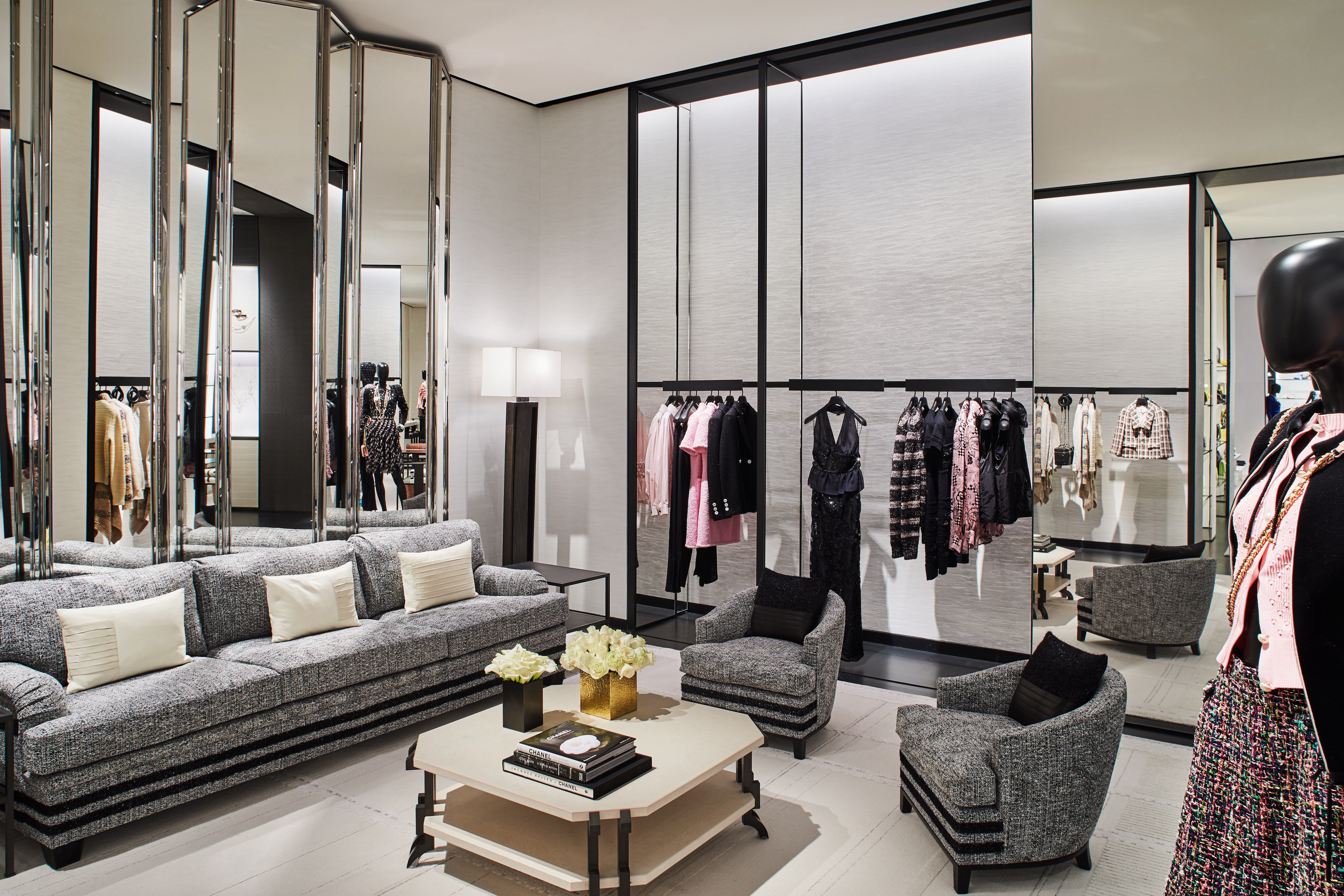Elevate Your Closet with Sensational Boutique Fashion Fundamentals
Elevate Your Closet with Sensational Boutique Fashion Fundamentals
Blog Article
Exploring the Advancement and Influence of Clothing on Modern Fashion Trends
The advancement of apparel has significantly influenced modern style patterns, merging historical precedents with innovative innovations. Famous figures like Coco Chanel and Yves Saint Laurent transformed the fashion market by introducing ideas that prioritize comfort and access, which continue to resonate today.
Historic Fashion Influencers
In the tapestry of fashion background, particular numbers have actually left an indelible mark, forming the patterns and designs that specify whole ages. Coco Chanel, a revolutionary developer, redefined women's fashion by presenting comfortable, classy clothes that left from restrictive bodices. Her famous Chanel suit and little black outfit have become timeless staples in closets worldwide. In A Similar Way, Christian Dior's post-war "Make over" in 1947, with its party of femininity with full skirts and cinched waistlines, noted a return to luxury and has proceeded to influence designers.
Elsa Schiaparelli is an additional essential figure, renowned for her avant-garde layouts that incorporated surrealist art, collaborating with Salvador Dalí to produce wayward items that tested conventional appearances. Her innovative usage of color and bold patterns reverberates in contemporary style. Yves Saint Laurent, meanwhile, democratized haute couture with prêt-à-porter collections, bringing runway styles to the masses and setting a precedent for modern ready-to-wear lines.
These dreamers, amongst others, not just transformed style in their times but likewise established enduring trends that resonate in today's fashion business, providing a structure whereupon modern designers remain to innovate and build. Their traditions emphasize the relevance of creativity and bold in fashion's ever-evolving narrative.
Technological Improvements in Style
Among the vibrant landscape of the fashion business, technological innovations stand at the leading edge of development, reshaping just how designers produce and consumers involve with fashion. The assimilation of 3D printing has reinvented design processes, making it possible for developers to explore complex frameworks and sustainable products that were previously inconceivable. This innovation assists in fast prototyping, decreasing waste and accelerating manufacturing times.

Smart fabrics, embedding modern technology into materials, are also transforming the sector. Technologies like self-cleaning and temperature-regulating textiles supply enhanced functionality and comfort. Wearable innovation, including functions like health and fitness monitoring and interaction, includes a brand-new measurement to fashion, combining visual appeals with practicality.
Social Changes and Style
As technical advancements remain to reshape the garment industry, cultural changes are equally prominent, redefining style and consumer preferences. In current years, the surge of social media sites platforms has actually increased the dissemination of global style fads, enabling varied cultural influences to assemble and exist together. This digital interconnectivity useful site has helped with the rapid exchange of concepts, leading to a more inclusive and eclectic analysis of design that mirrors the diverse nature of modern-day society.
Cultural recognition and appreciation have motivated designers to draw motivation from a broader spectrum of ethnic and historic contexts, incorporating traditional themes with contemporary aesthetic appeals. This fusion has actually resulted in style that resonates with a larger target market, promoting a feeling of identification and belonging throughout different demographics. In addition, the boosting need for customization has driven brands to offer adjustable choices, making it possible for consumers to share uniqueness while showing their cultural heritage.
In addition, shifting social worths have actually influenced fashion, with inclusivity and variety ending up being central motifs. The industry has started to welcome models and influencers of different physique, ethnic cultures, and sex identities, tough standard beauty criteria. This transformation underscores the power of cultural shifts fit the future of fashion, as style ends up being a much more authentic expression of collective and personal identity.
Sustainability and Modern Style
While the fashion industry proceeds to progress, the imperative for sustainability has actually ended up being progressively immediate, affecting modern layout techniques. The rise of sluggish fashion, which stresses top quality over amount, urges customers to spend in classic items instead than short-term patterns.
Furthermore, modern-day design is identified by its technology in minimizing waste and advertising circularity. This technique not only mitigates environmental effect yet additionally boosts the social responsibility of fashion residences.

Future Trends in Style

Sustainability will continue to be a driving pressure in forming future style fads. The sector is increasingly adopting environmentally friendly products and moral production approaches, responding to a growing consumer need for accountable techniques. Developments such as bio-fabricated products and closed-loop recycling systems are readied to redefine how garments is produced and taken in, decreasing environmental influence while keeping design and top quality.
Social changes, consisting of the rise of inclusivity and variety, will certainly likewise play a critical role. As society ends up being extra familiar with social problems, style is anticipated to come to be a system for expression and modification. Designers will likely focus on developing collections that mirror a more comprehensive variety of experiences and identities, championing representation and accessibility.
Verdict
The development of garments significantly affects modern style trends, where historical impacts merge with modern styles. This ongoing development underscores style's function as a mirror to social values and technological innovation, recommending a future abundant with advancement and inclusivity.
The advancement of clothing has actually substantially influenced contemporary fashion patterns, merging historical criteria with sophisticated innovations.In the middle of the dynamic landscape of the style market, technological developments stand at Recommended Reading the center of development, improving exactly how designers develop and customers engage with style.While the fashion industry continues to progress, the essential for sustainability has come to be progressively urgent, affecting modern style practices. As sustainability comes to be ingrained in contemporary style, it paves the way for a much more conscious and responsible fashion market.
The evolution of garments dramatically influences modern-day style patterns, where historical influences merge with modern styles.
Report this page